Latest post on blog

The Top 3 Health Tech Apps of 2025
Explore the top health tech apps of 2025 using AI to monitor health data, support medical care, and improve mental well-being daily.
January 20, 2026
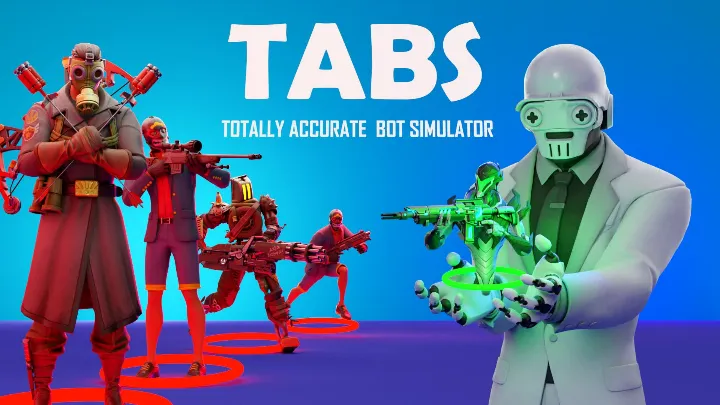
Totally Accurate Battle Simulator Tips & Guides: Winning Battles with Chaos and Strategy
January 20, 2026

The Top 5 E-Commerce Apps of 2025
January 20, 2026

Grand Theft Auto: Vice City Tips & Guides: Mastering Crime, Money, and Power in the 80s
January 20, 2026

The Top 3 Education Apps of 2025
January 20, 2026
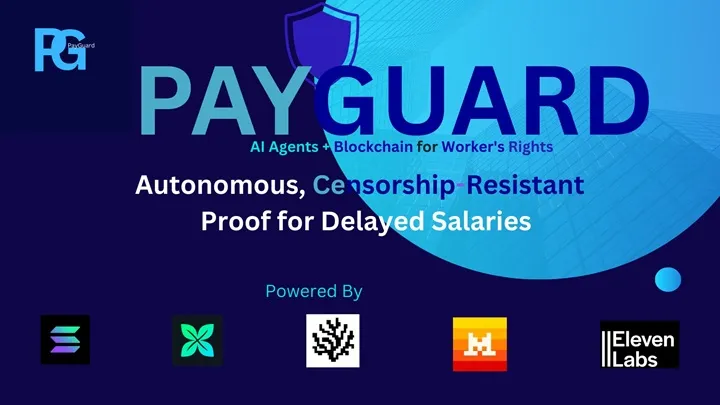
The Top 3 Finance Apps of 2025
January 20, 2026

Dead Island 2 Tips & Guides: Surviving Hell-A From First Fight to Endgame
January 20, 2026
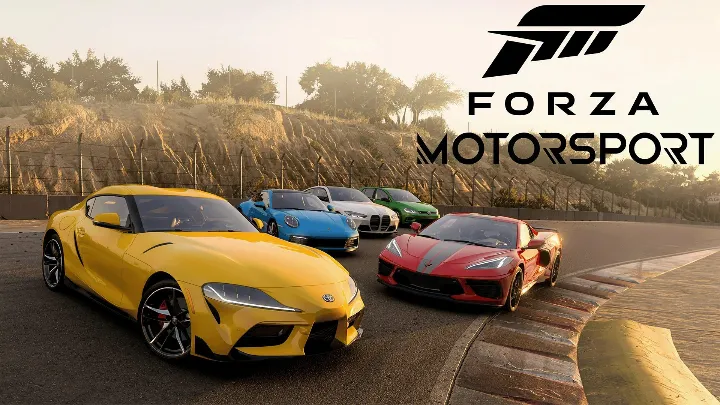
Forza Motorsport Tips & Guides: Mastering Precision Racing From Beginner to Pro
January 20, 2026

Against the Storm and the Reinvention of City Builders: Why Permanent Failure Became the Genre’s Boldest Innovation
January 19, 2026
Latest review

Quarantine Zone: The Last Check
Quarantine Zone: The Last Check provides a thrilling and immersive survival horror experience that keeps players on the edge of their seats.
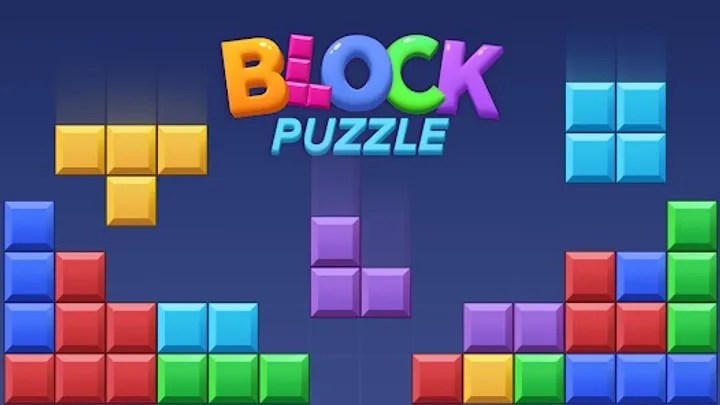
Block Puzzle - Color Blast
Block Puzzle – Color Blast is a colorful and relaxing puzzle game where you place blocks, clear lines, and enjoy endless casual fun at your own pace.

I Am Cat
I Am Cat delivers a charming and whimsical gaming experience that invites players to explore the world from a cat's perspective.
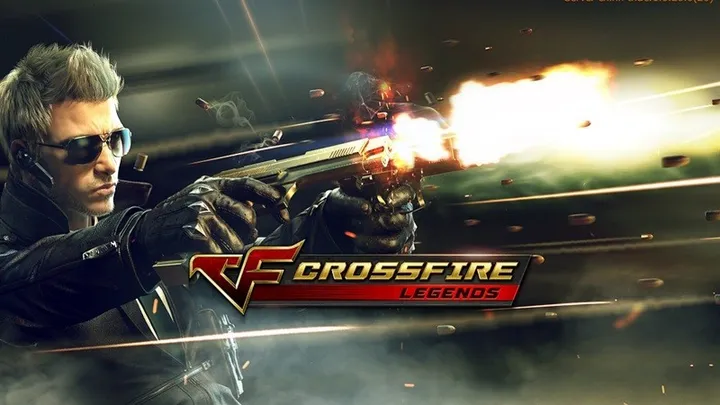
Crossfire: Legends
Crossfire: Legends successfully brings the intense action of the Crossfire franchise to mobile devices, offering a rich variety of game modes, extensive weapon customization, and smooth gameplay.

Escape Tsunami For Brainrots!
Escape Tsunami for Brainrots! offers an adrenaline-pumping experience that combines thrilling gameplay with exciting obstacles in a colorful environment.
Editor Advices

Splitgate 2
Splitgate 2 delivers a thrilling arena shooter experience with its innovative portals and fluid movement, celebrating a unique combat twist.
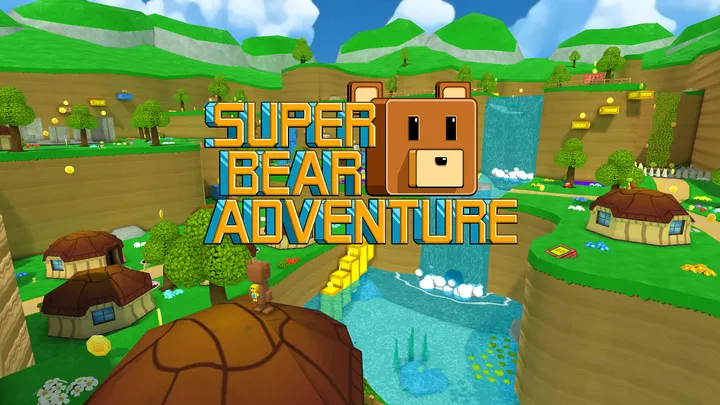
Super Bear Adventure
Super Bear Adventure delivers a delightful 3D platformer with its vibrant worlds and heroic quest, celebrating a family-friendly adventure.

Grand Theft Auto: Vice City
Grand Theft Auto: Vice City is not just a game—it’s a time capsule. By blending stylish visuals, an unforgettable soundtrack, and groundbreaking freedom, Rockstar delivered an experience that shaped modern gaming.

My Talking Tom Friends 2
"My Talking Tom Friends 2" successfully blends simulation, creativity, and social interaction in a delightful mobile experience.

AION2
AION 2 successfully builds on the legacy of its predecessor, delivering a rich and immersive MMORPG experience that appeals to both veterans and newcomers.




